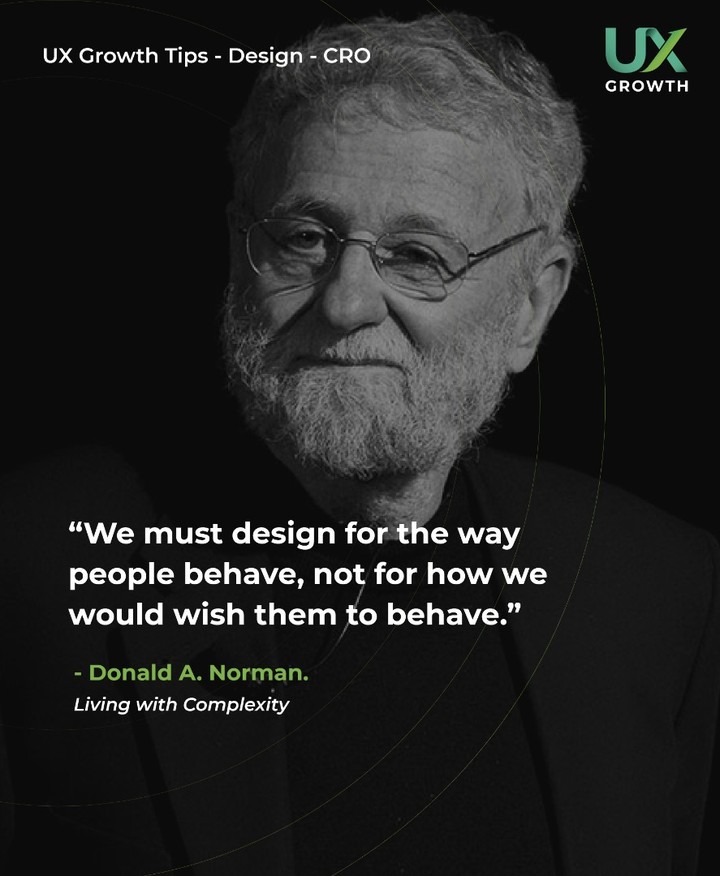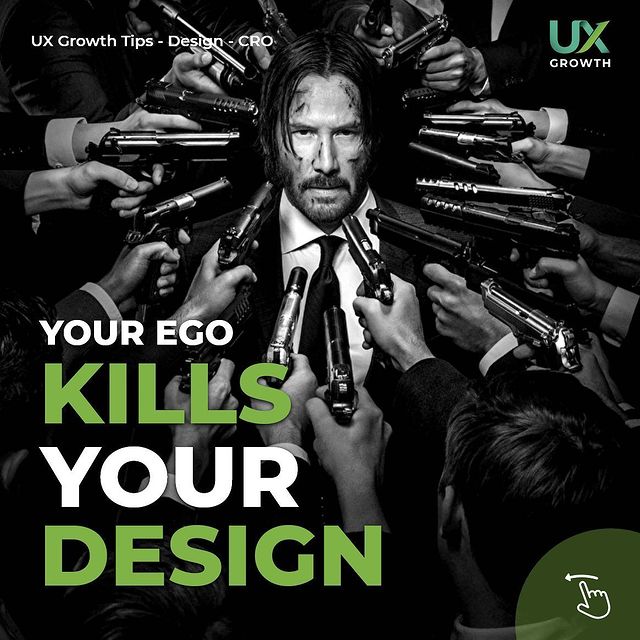Good designs fit our needs: The key to effective UX/UI Design
Understanding the principles of good design is crucial in creating products that fit our needs effortlessly. Human-centered design and key concepts in UX/UI design play a vital role in achieving this goal. Applying these principles in everyday products ensures a seamless user experience, focusing on effective communication, emotional design, and avoiding common pitfalls in design development.
Understanding the Principles of Good Design
The Importance of Human-Centered Design
Human-centered design is a crucial approach in creating products that meet the users' needs effectively. By focusing on the end-user, designers can ensure that the final product resonates with the users' preferences and behaviors. Understanding the users' motivations, desires, and limitations is key in developing designs that are intuitive and user-friendly.
Key Concepts in UX/UI Design
In the realm of UX/UI design, certain key concepts play a vital role in shaping the user experience. Affordances and signifiers guide users on how to interact with a product, while constraints and feedback provide clear boundaries and responsive cues. Conceptual models and mappings establish the relationship between elements, facilitating seamless navigation and interaction. These concepts form the foundation of effective design practices, ensuring that products align with user expectations and needs.
Applying Design Principles in Everyday Products
Designing products that align with user needs and expectations is crucial for creating a seamless user experience. This involves considering various design elements such as affordances, signifiers, constraints, feedback, conceptual models, and mappings.
Affordances and Signifiers
- Affordances: These are the potential actions or interactions that a user perceives in a product or interface.
- Signifiers: These are cues or indicators that guide users on how to interact with a design effectively.
Constraints and Feedback
Constraints and feedback play a significant role in shaping user behavior and expectations. By implementing clear constraints and providing prompt feedback, designers can enhance user understanding and engagement.
Conceptual Models and Mappings
Conceptual models help users form mental representations of how a system works, while mappings establish the relationship between user actions and system responses. By designing intuitive conceptual models and clear mappings, designers can streamline user interactions and improve usability.
Creating Seamless User Experiences
Creating seamless user experiences is a crucial aspect of design that focuses on enhancing user interactions with products and services. By prioritizing effective communication, emotional design, and avoiding common pitfalls in design development, designers can ensure that users have a positive and satisfying experience.
The Role of Effective Communication
Effective communication plays a key role in designing seamless user experiences. It involves clear and concise messaging that guides users through the interface, provides instructions, and feedback. By implementing intuitive navigational cues, informative tooltips, and user-friendly language, designers can enhance user understanding and engagement.
Incorporating Emotional Design
Emotional design is essential in creating seamless experiences that resonate with users on a deeper level. By incorporating elements that evoke positive emotions, such as appealing visuals, relatable content, and interactive features, designers can establish a strong emotional connection with users. Emotionally engaging designs can enhance user satisfaction and loyalty.
Avoiding Common Pitfalls in Design Development
Designers must be aware of common pitfalls in design development to ensure seamless user experiences. This includes avoiding cluttered interfaces, confusing navigation, inconsistency in design elements, and lack of accessibility. By conducting thorough user testing, gathering feedback, and iterating on designs, designers can identify and address potential issues early in the development process.



